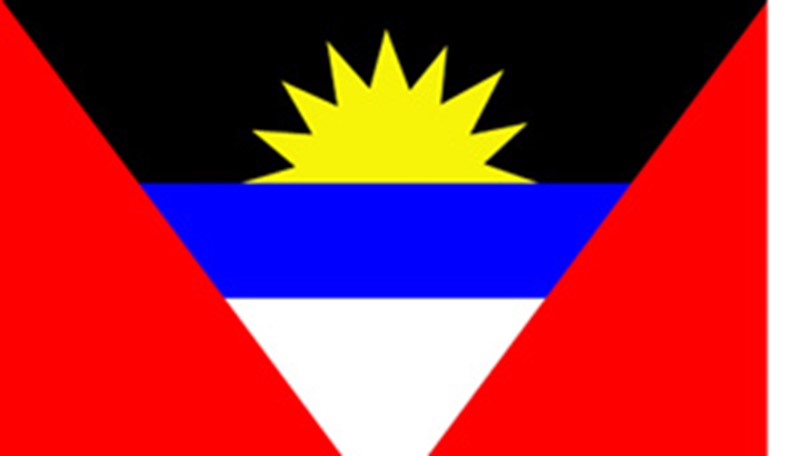
Antigua, means "ancient"' in Spanish. In 1493, Christopher Columbus landed on the island and christened it Antigua, taking the name from the Sevillan church Santa Maria la Antigua. In 1632, the island was inhabited by English settlers but was abandoned when the English were attacked by the Caribs. The English tried again to settle the island in 1663, only to have it taken again, this time by the French. Antigua was returned to British in the Treaty of Breda and resettled by British colonists.
Antigua was used as a strategic port in the 18th century, "the gateway to the Caribbean,"' full of military reinforcements to ensure that it remained in the proper hands and was described by British soldiers as a "dreadful hole."'
In the late 17th century, Sir Christopher Codrington brought sugar cultivation to the island on a grand scale and a century later, the island was a bustling sugar producer, growing and processing sugar cane. Many of the stone mills that were used to grind the cane still exist in Antigua today.
Antigua remained under British rule until 1981 when it gained independence as the state of Antigua and Barbuda . Today, the sugar growing and processing has been replaced by tourism as the main industry.
{jcomments off}


